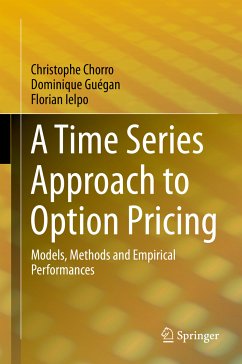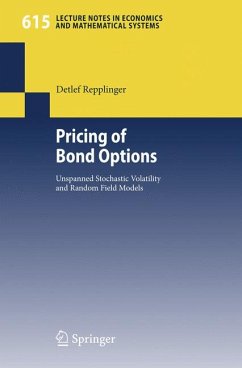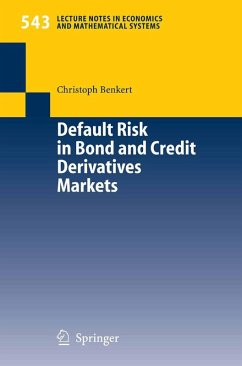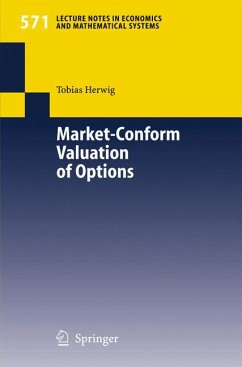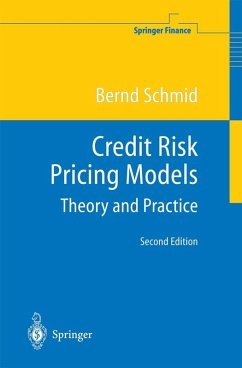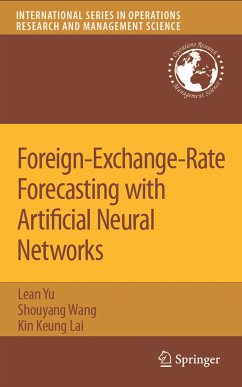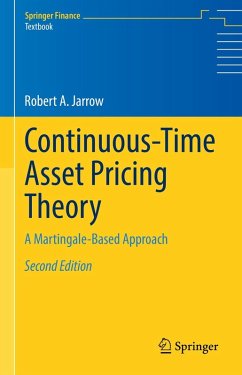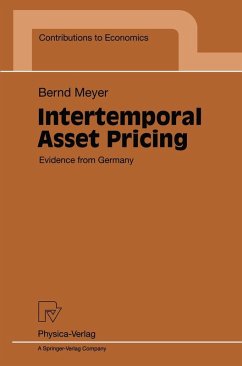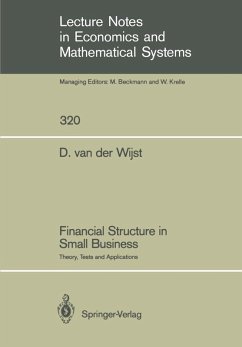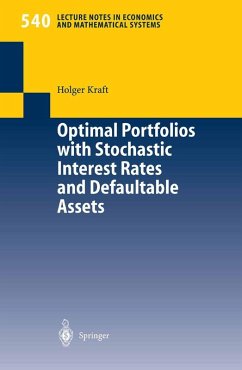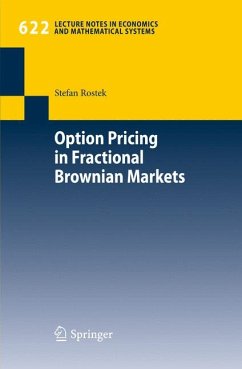
Option Pricing in Fractional Brownian Markets (eBook, PDF)
Versandkostenfrei!
Sofort per Download lieferbar
40,95 €
inkl. MwSt.
Weitere Ausgaben:

PAYBACK Punkte
20 °P sammeln!
Mandelbrot and van Ness (1968) suggested fractional Brownian motion as a parsimonious model for the dynamics of ?nancial price data, which allows for dependence between returns over time. Starting with Rogers(1997) there is an ongoing dispute on the proper usage of fractional Brownian motion in option pricing theory. Problems arise because fractional Brownian motion is not a semimartingale and therefore "no arbitrage pricing" cannot be applied. While this is consensus, the consequences are not as clear. The orthodox interpretation is simply that fractional Brownian motion is an inadequate cand...
Mandelbrot and van Ness (1968) suggested fractional Brownian motion as a parsimonious model for the dynamics of ?nancial price data, which allows for dependence between returns over time. Starting with Rogers(1997) there is an ongoing dispute on the proper usage of fractional Brownian motion in option pricing theory. Problems arise because fractional Brownian motion is not a semimartingale and therefore "no arbitrage pricing" cannot be applied. While this is consensus, the consequences are not as clear. The orthodox interpretation is simply that fractional Brownian motion is an inadequate candidate for a price process. However, as shown by Cheridito (2003) any theoretical arbitrage opportunities disappear by assuming that market p- ticipants cannot react instantaneously. This is the point of departure of Rostek's dissertation. He contributes to this research in several respects: (i) He delivers a thorough introduction to fr- tional integration calculus and uses the binomial approximation of fractional Brownianmotion to give the reader a ?rst idea of this special market setting.
Dieser Download kann aus rechtlichen Gründen nur mit Rechnungsadresse in A, B, BG, CY, CZ, D, DK, EW, E, FIN, F, GR, HR, H, IRL, I, LT, L, LR, M, NL, PL, P, R, S, SLO, SK ausgeliefert werden.




